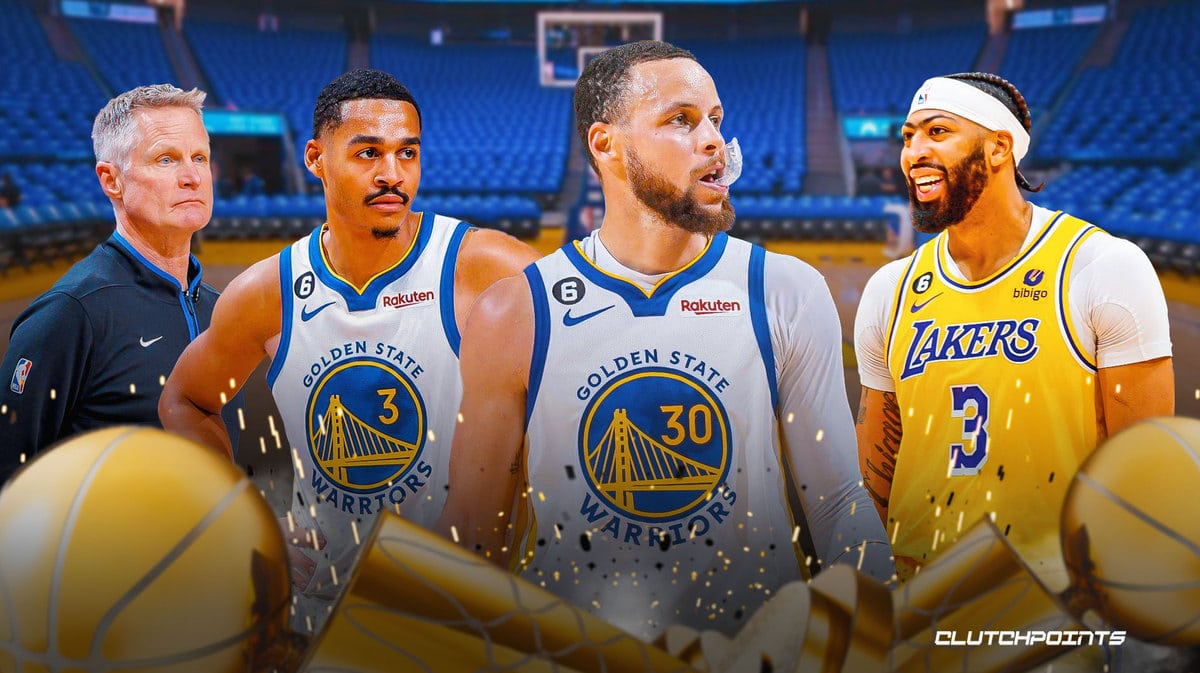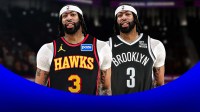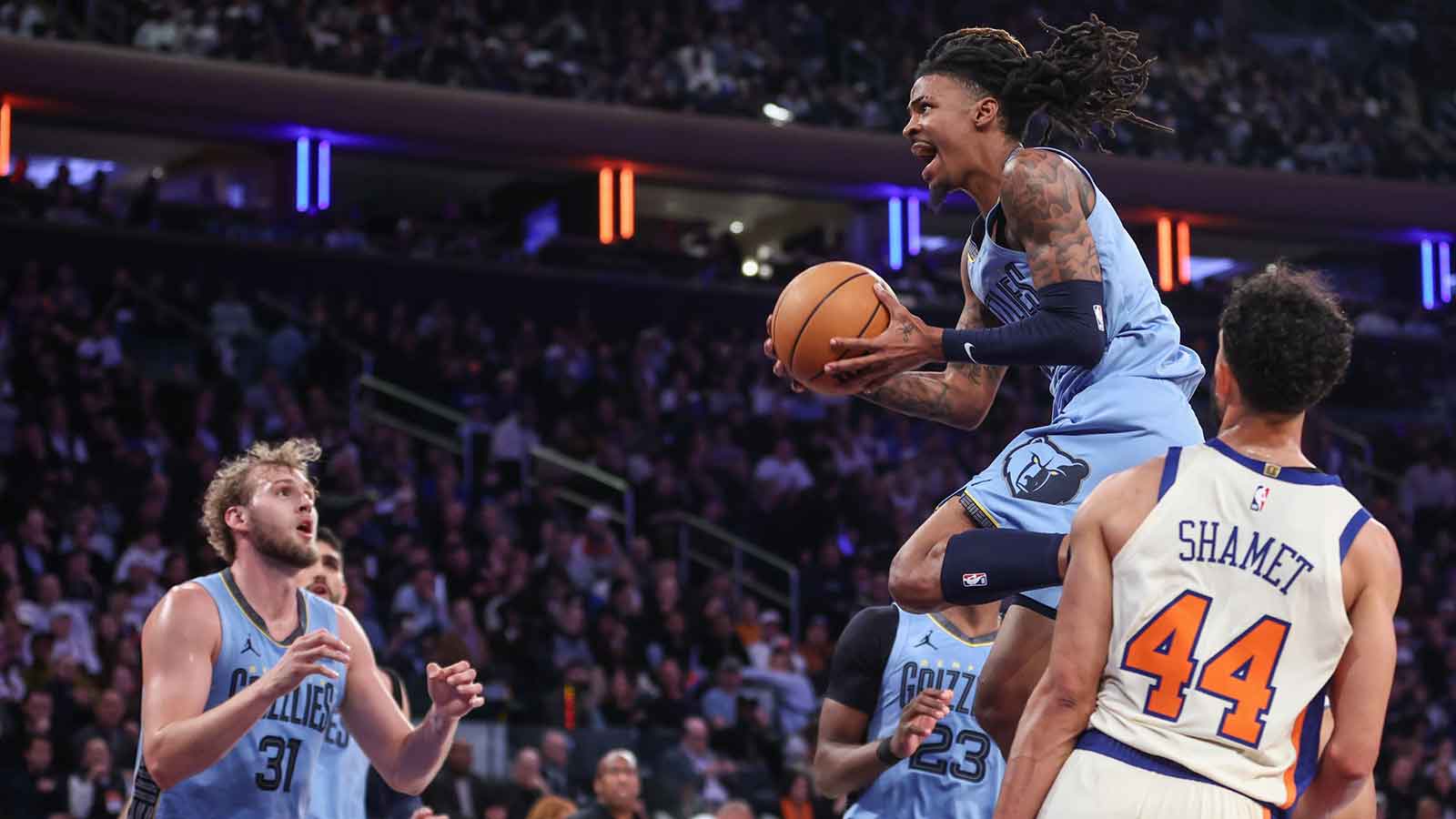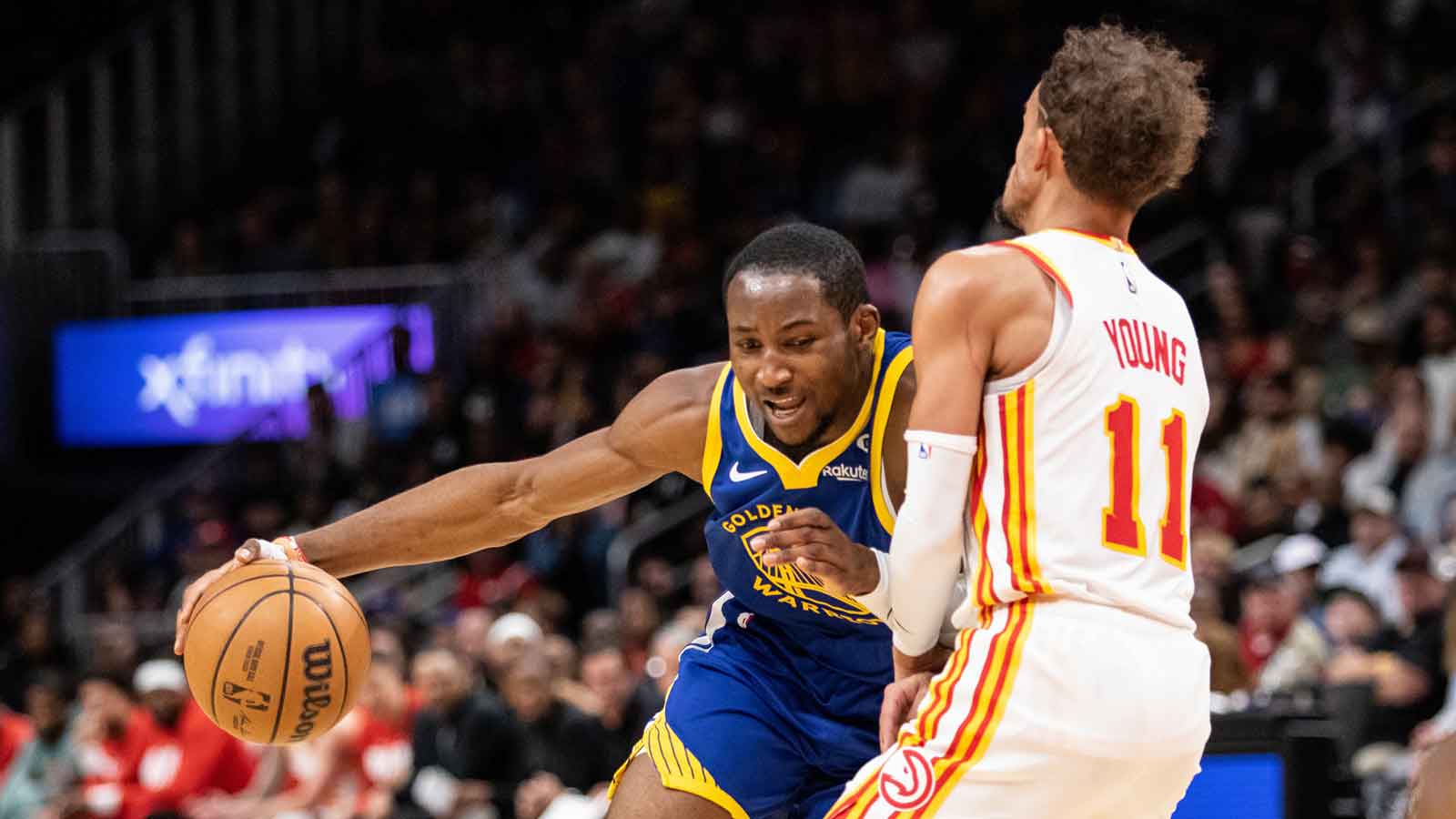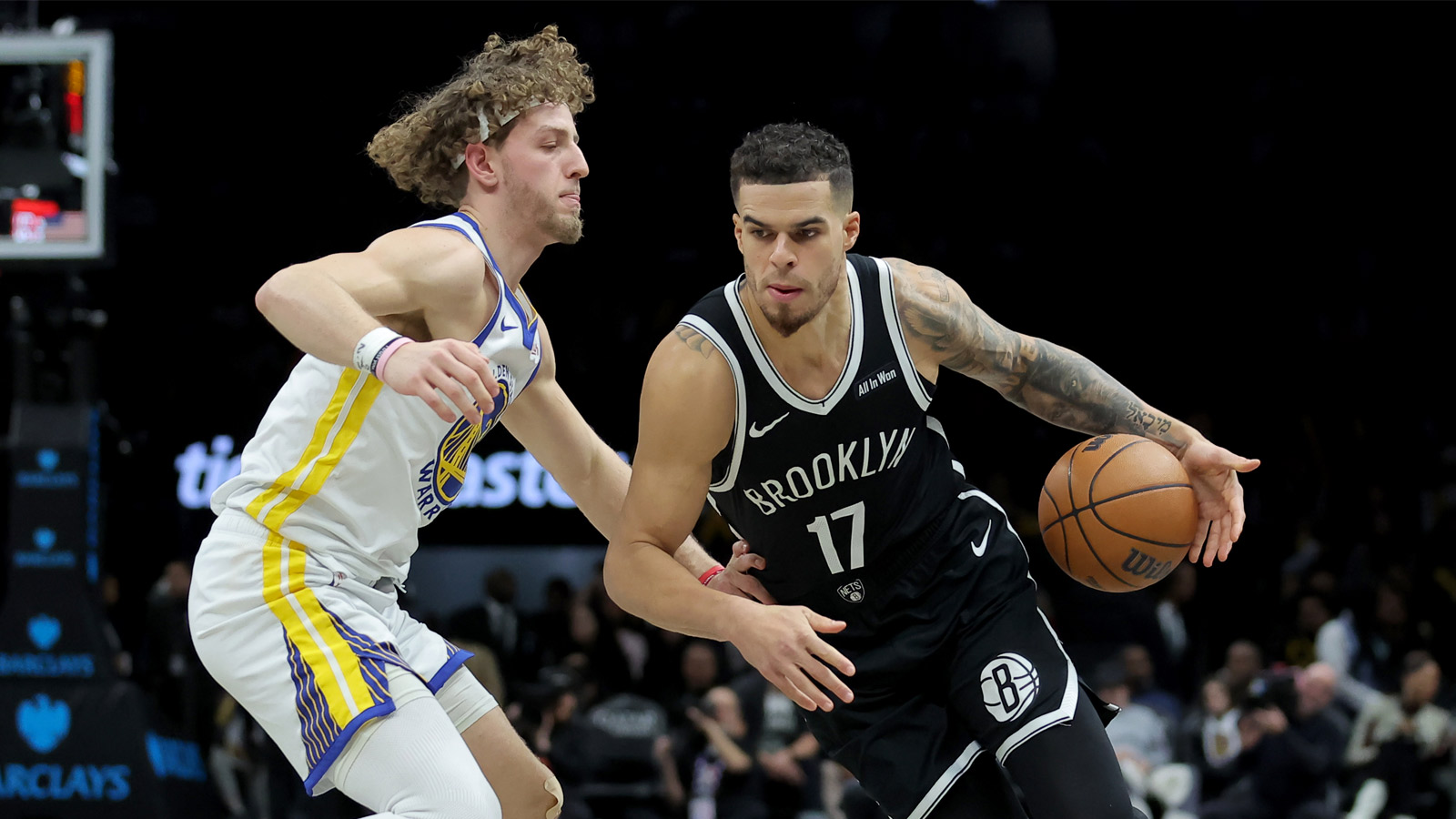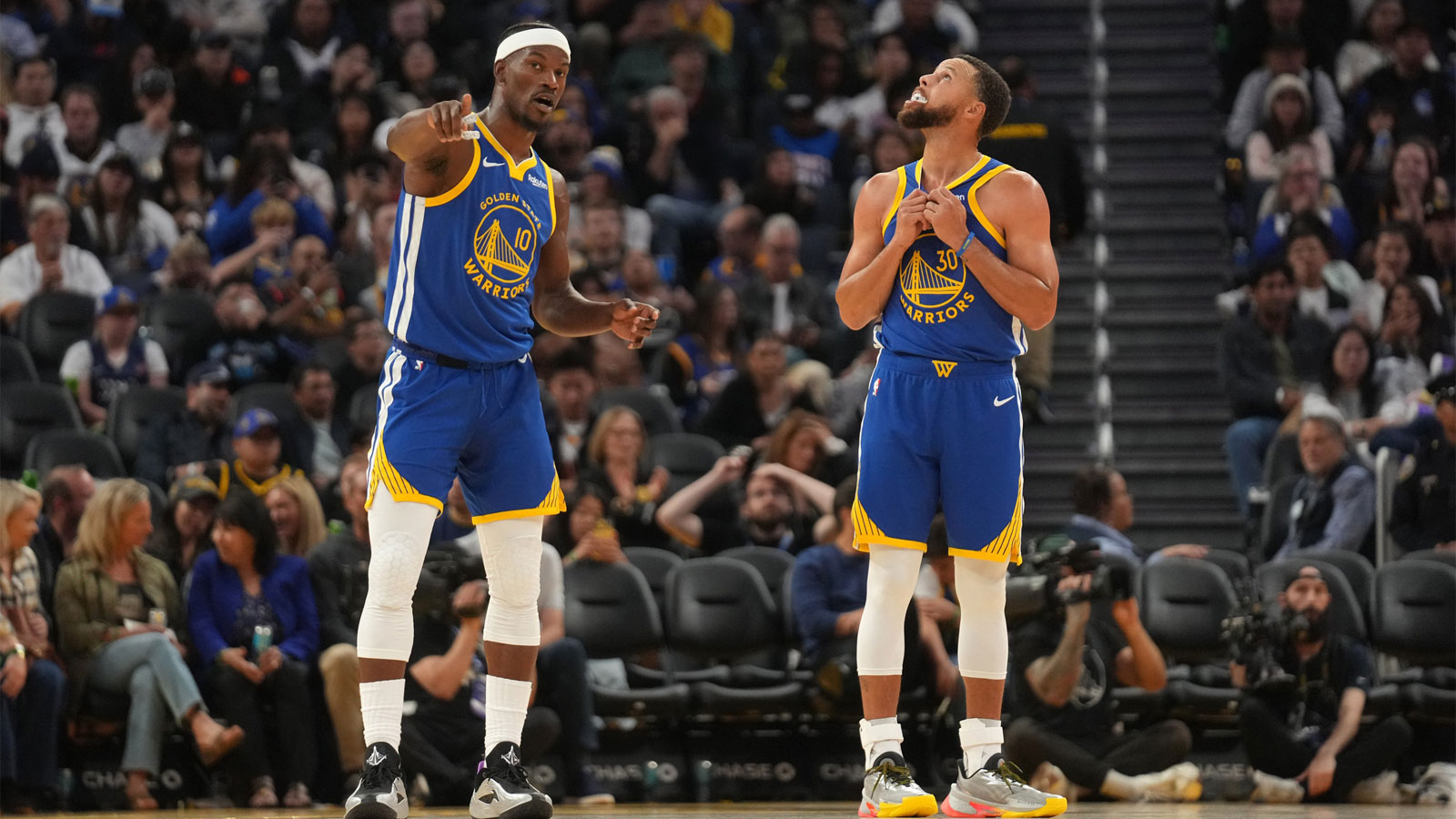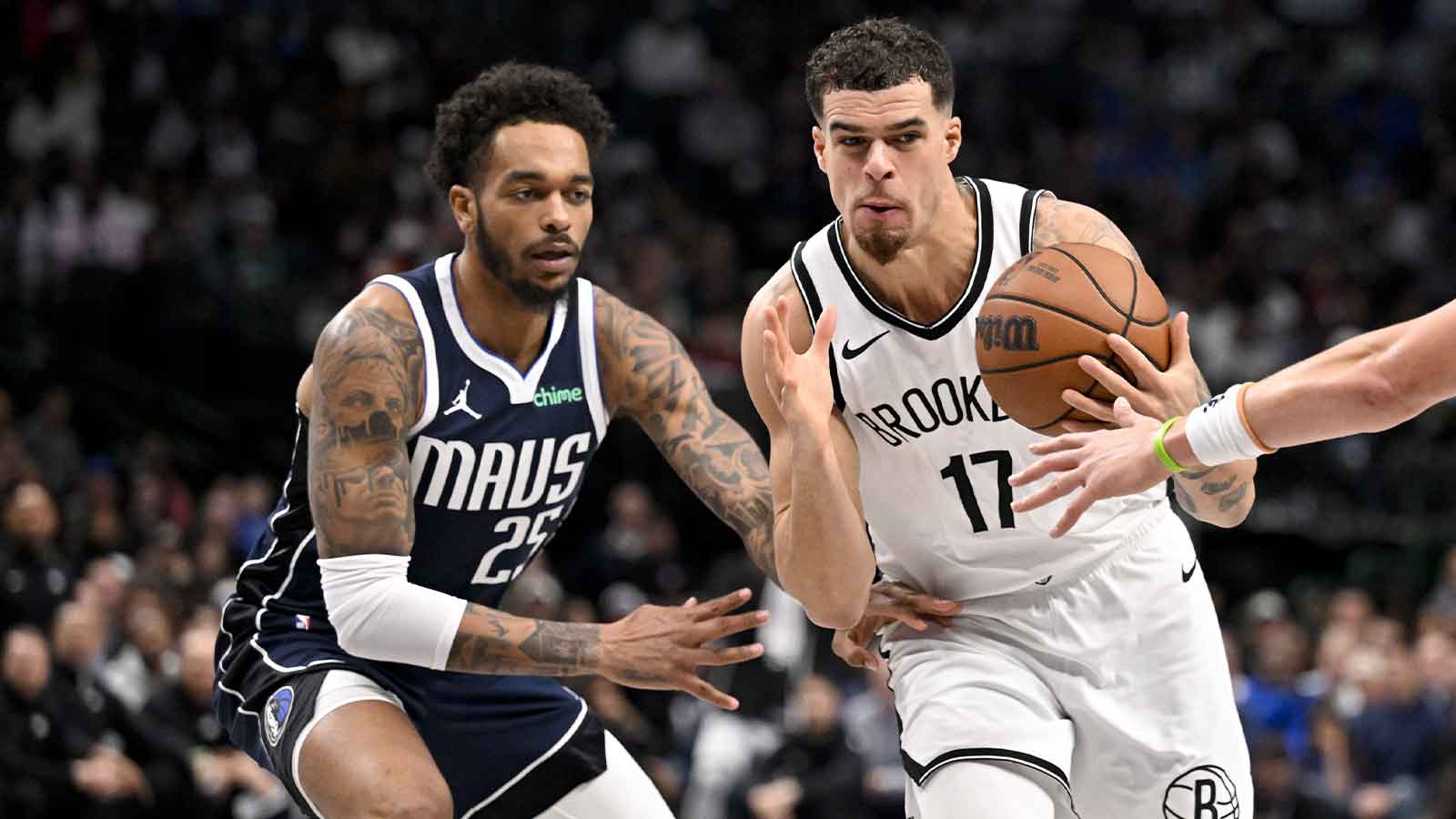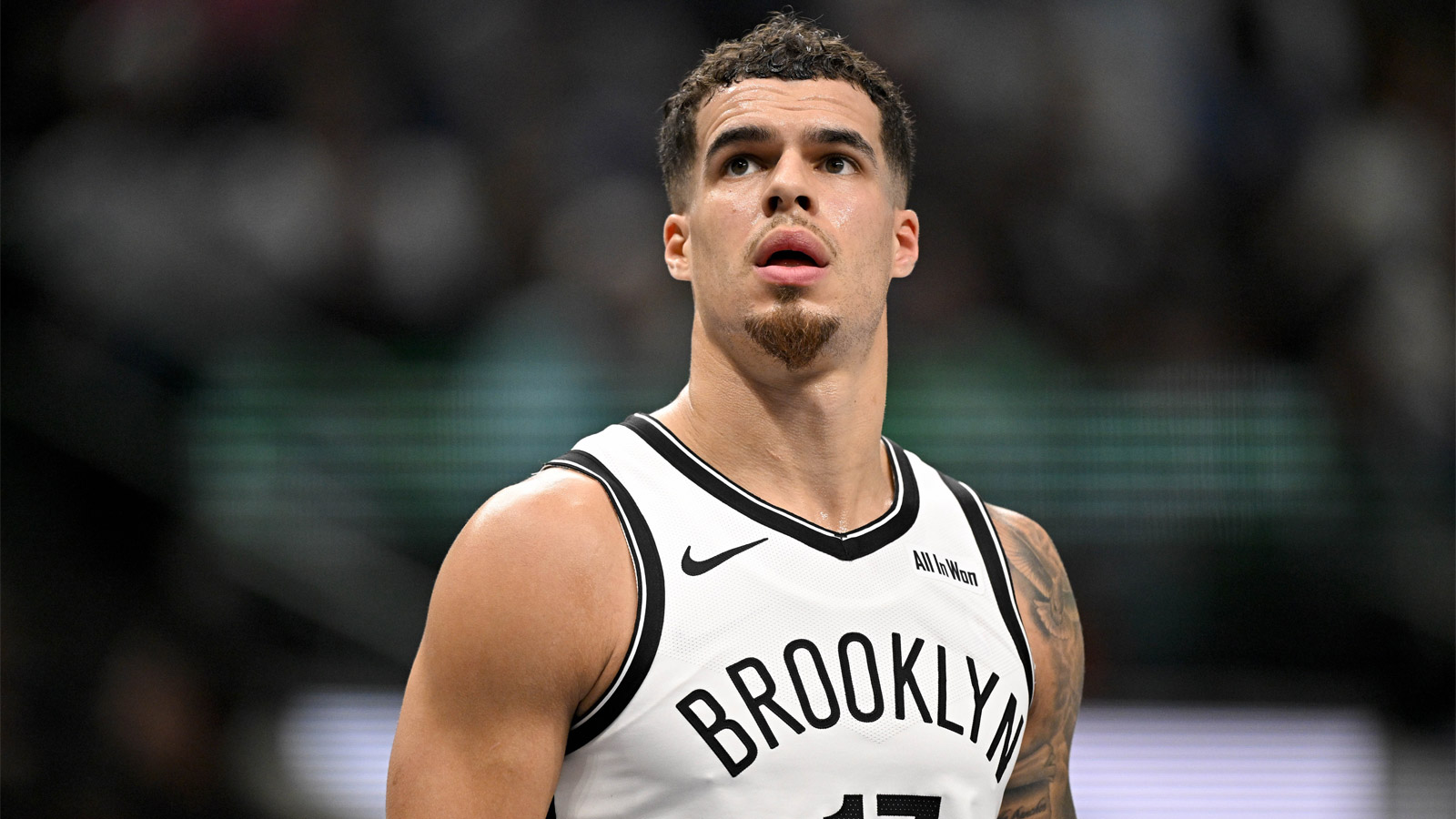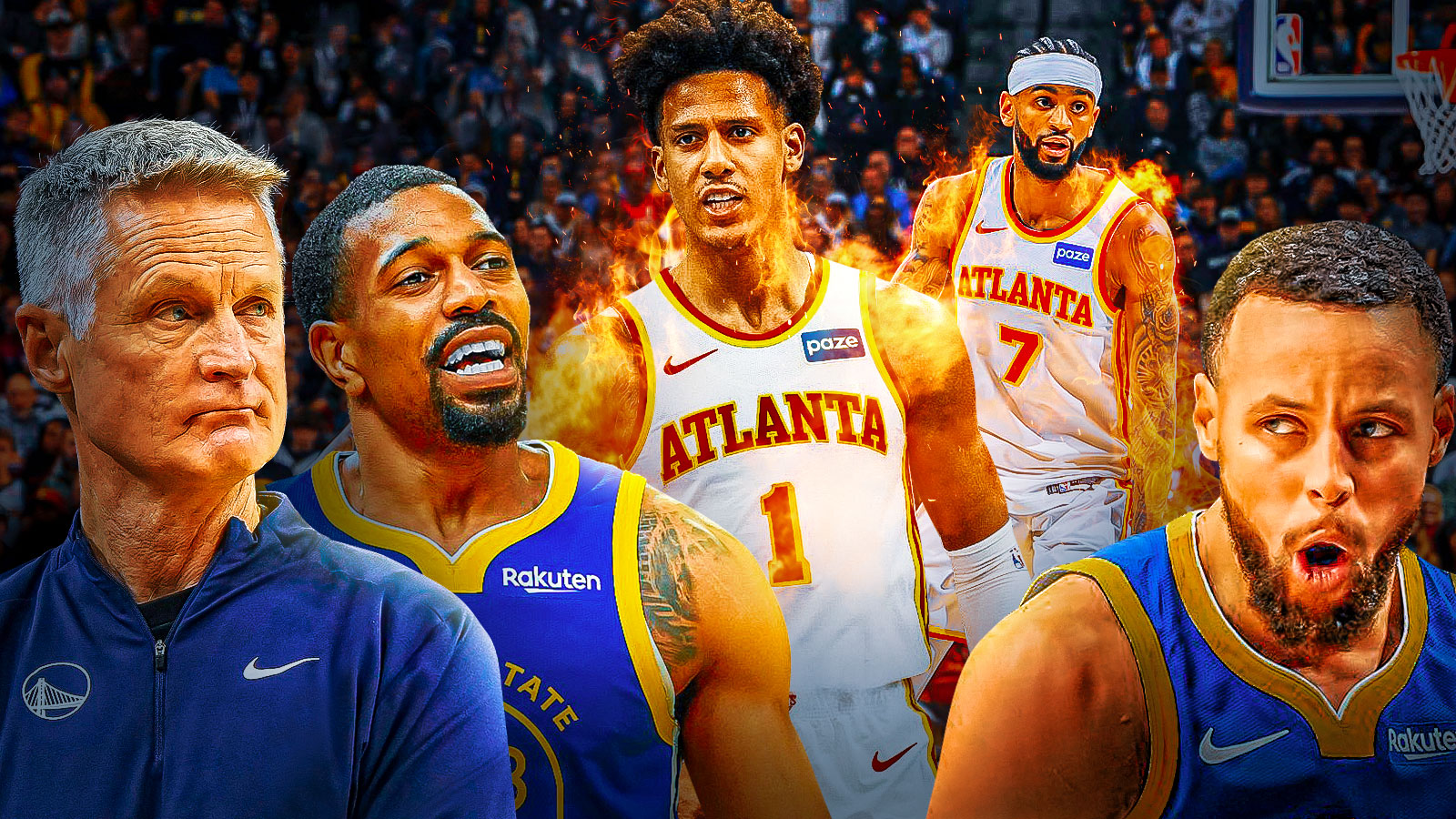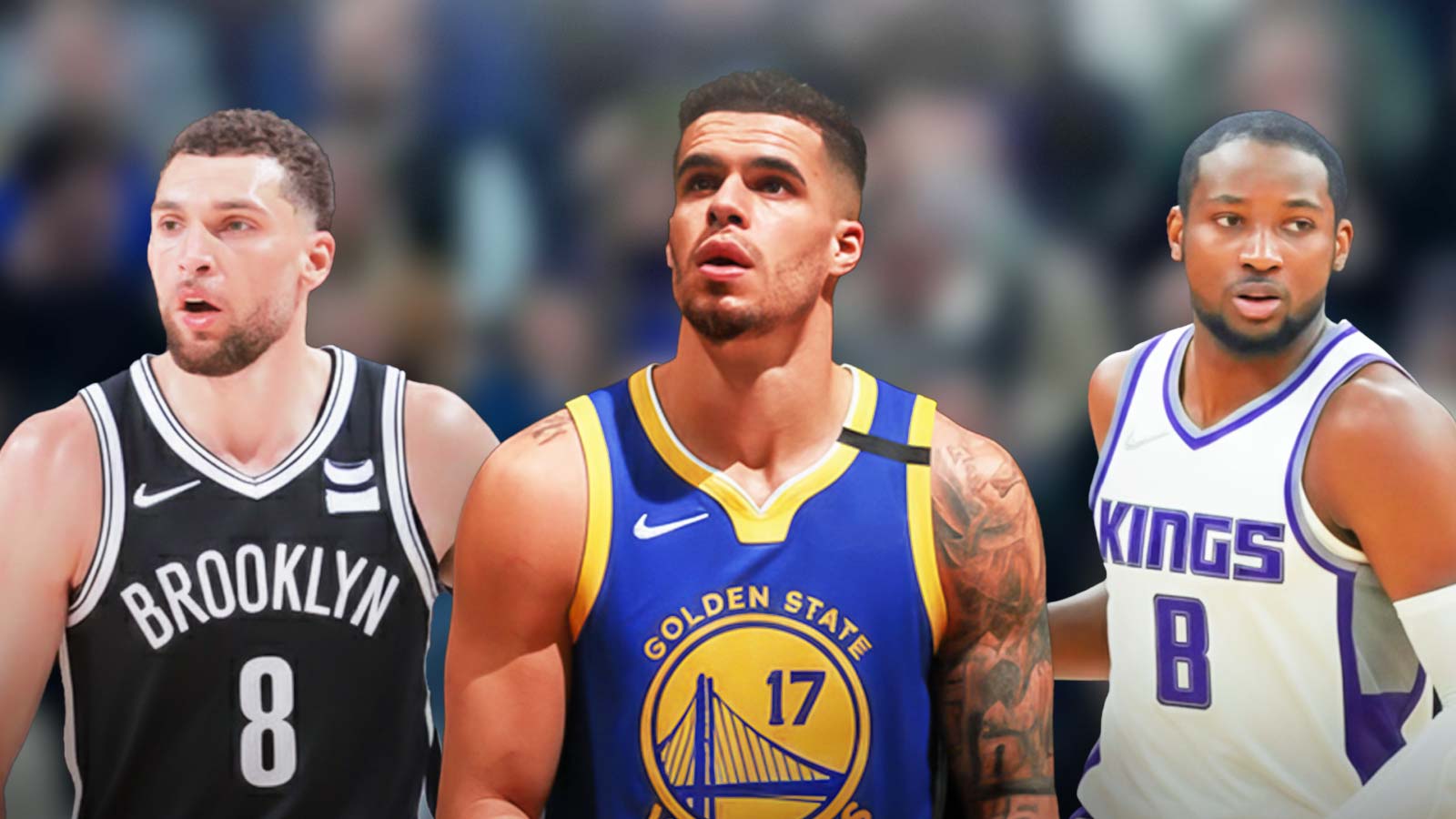Playing smaller doesn't exactly seem a prudent way for the Golden State Warriors to even this series after Anthony Davis' monstrous Game 1. His real impact extended even further than ridiculous numbers of 30 points, 23 rebounds, five assists and four blocks—a playoff line only accomplished by Tim Duncan back in the 2003 Finals before Tuesday night.
The Lakers' extreme and effective defensive approach in the second-round opener hinged on Davis continuing to stake his forceful claim as basketball's best rim-protector. LeBron James was extremely disruptive on the back line, too, and Jarred Vanderbilt also made an impact in the paint when he wasn't hounding Stephen Curry across the perimeter.
The Lakers' extreme defensive strategy frustrated Steph Curry and the Warriors in Game 1. @ArmstrongWinter goes deep with reactions from the Dubs' hard-fought loss.https://t.co/6oF0yRlGwx
— Warriors Nation (@WarriorNationCP) May 3, 2023
But Davis is the skeleton key to Los Angeles' defense, the player whose sweeping influence on that end the Warriors must find a way to mitigate in Game 2 and beyond. Golden State previewed its most significant possible remedy during a furious fourth-quarter charge on Tuesday, going on a 14-0 run to tie the score at 112-112 with under two minutes remaining.
On the floor for Steve Kerr during that almost game-stealing rally? Curry, Jordan Poole, Klay Thompson, Andrew Wiggins and Draymond Green, starting the Poole Party again by racing the ball up the floor at every opportunity and spacing it with four shooters when relegated to playing halfcourt offense.
Davis and James spent the vast majority of Game 1 sagging back in the paint, daring Draymond, Kevon Looney and Gary Payton II—not to mention Wiggins and JaMychal Green, albeit to less disrespectful extents—to launch jump shots. Surrounding an all-court playmaking hub like Green with three instantly flammable shooters and another dangerous scorer didn't allow the Lakers' biggest, most disruptive defenders carte blanche to pack the paint.
Once the Poole Party started, only one of Davis and James was there to harass Golden State at the rim.
There's no doubt Los Angeles will have most trouble defending that quintet. James and Davis don't want to switch ball screens and hand-offs with Curry, Thompson and Poole, giving the Dubs three automatic pressure points to attack when they can't get loose in the open floor.
Curry has an easily exploitable individual matchup against everyone but Vanderbilt and Dennis Schroder. Draymond setting ball screens extra high up the floor—sometimes even in the backcourt—helped free him late in Game 1, and so did small-small pick-and-rolls.
https://streamable.com/sphd55
Poole found some success attacking Austin Reaves in Game 1, too. Still, the main test in this series facing the lineup named after him comes on the other end.
The Warriors survived the Poole Party defensively by sprinkling in 3-2 zone and crunching the floor, content to let James, Davis, Schroder and especially Vanderbilt take jumpers. Draymond can handle Davis one-on-one; that lineup's lack of size isn't necessarily a death-knell as long as Golden State commits to crashing the glass.
But full-time zone seems an unsustainable gambit against a genius like James and finisher like Davis. There's no telling when LeBron might find his touch from the outside or get activated as a halfcourt driver and matchup-hunter, either.
Golden State was outscored by seven points in the 15 minutes Draymond and Looney were on the floor in Game 1, shooting an ugly 8-of-21 on two-pointers. There's just no room for the Dubs to operate inside the arc when they're on the floor together. The same goes for units featuring Payton and either Draymond or Looney.
https://streamable.com/tqpf7s
It's probably too early for Kerr to make a change to his starting five, re-inserting Poole for Looney. Expect that change to come if the same offensive problems that dogged the Warriors in Game 1 rear their head again on Thursday.
A quick hook for Draymond-Looney lineups is all Golden State needs, especially if Moses Moody and Donte DiVincenzo can knock down open looks and keep fighting hard on the defensive glass. JaMychal Green could warrant another look at power forward considering the confidence he let fly from deep on Tuesday, but he also didn't play up to his size defensively, getting out-muscled for two offensive boards and abused by Davis for a score.
The Lakers would surely ignore Jonathan Kuminga the way did they did Payton beyond the arc, risking clanked early-clock threes that always draw the ire of Kerr. At 6'8 with unreal explosiveness and aerial body control not to mention canny footwork around the basket, though, Kuminga represents by far the Warriors' best chance of finishing through or around James and Davis in the halfcourt as a roller or second-side attacker.
The coaching staff's clear lack of trust in Kuminga likely keeps him outside the rotation going forward, but he'd help downsized lineups defensively, too.
For all the justified hand-wringing and thorough analysis about Golden State's offensive struggles, pushing the pace, making Curry the primary offensive initiator and limiting lineups with two non-shooters are fixes the Warriors found before Game 1 was finished. More surprising than those labors anyway was the Lakers' efficient halfcourt offense, particularly as James struggled with his jumper and didn't put much pressure on the rim.
D'Angelo Russell, Schroder and Reaves were a problem all night running two-man action with Davis, exploiting Golden State's decision to keep Looney in a drop as they turned the corner.
Russell doesn't get the advantage he needs to stop and pop for this and-1 jumper if the Warriors were playing small and Draymond was guarding Davis, switching onto the ball and leaving Thompson to tangle with A.D.
https://streamable.com/4j7yvt
Looney hasn't been as airtight switching onto guards this season as he was a year ago, but wouldn't be red meat for Russell, Reaves and Schroder in isolation. The Dubs can live with pretty much any pull-up two, and even more comfortably when they keep the ball in front.
The negative trade-off of switching actions featuring Davis is overblown. He's never punished overmatched defenders down low like Joel Embiid or Nikola Jokic, and shot 27.3% on post-ups in the first round despite the Memphis Grizzlies regularly switching Dillon Brooks and Desmond Bane onto him.
Small lineups that stash Curry or Poole on Los Angeles' worst offensive threat while switching on-ball screens and hand-offs with Davis could very well be workable for the Warriors defensively. It's not like they should be terrified of sending extra help at Davis on those size mismatches; Russell and Reaves are the Lakers' only reliable three-point shooters. Helping more aggressively off James and Los Angeles role players would go a long way toward curbing the downsides of small-ball.
Either way, Golden State needs to give Los Angeles a different look going forward. Going small won't solve all the Warriors' Game 1 problems and inevitably prompt some new ones. But relying heavily on the two-big status quo that helped them escape the Sacramento Kings seems like a losing proposition against Los Angeles, one the Dubs need to abandon before Davis and the Lakers shift this series south with a commanding 2-0 lead.

